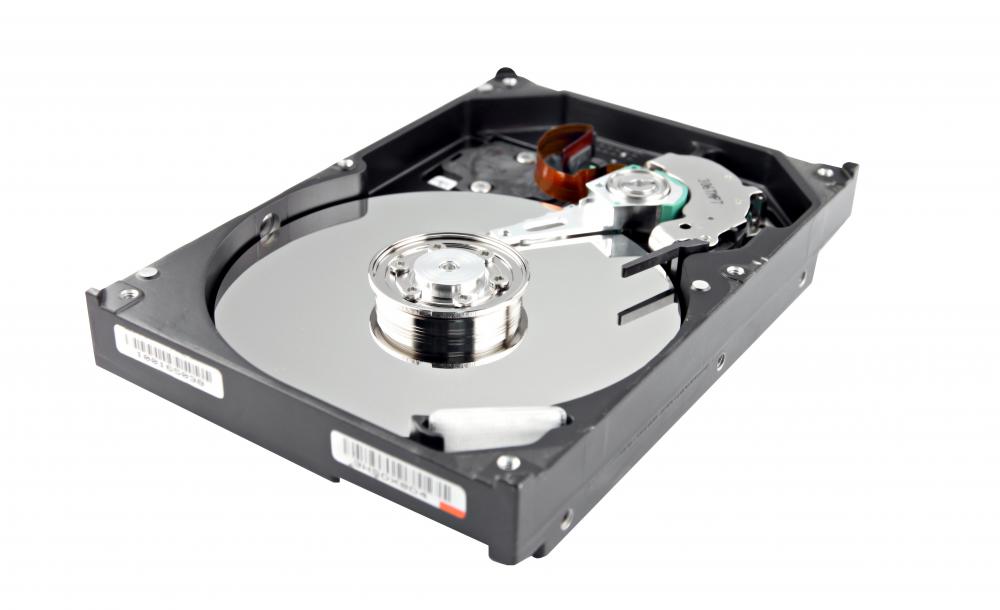A SCSI hard drive is a capacity drive which involves an unexpected framework in comparison to that found in most home PCs. It likewise offers quicker information move speeds, however the thing that matters is many times more noteworthy in principle than training.
SCSI represents Small Computer System Interface. It’s typically an abbreviation as opposed to a shortened form, articulated as “scuzzy.” The framework can be utilized for associating an assortment of gadgets, however most shoppers will regularly experience it as far as a SCSI hard drive.

Utilities for SCSI
- SCSI is generally utilized in workstations, servers, and centralized computers; it is less ordinarily utilized in work area PCs. The benefit of SCSI in a work area PC is that you can add a scanner and a few different drives (for instance, CD-Rs, DVD-RAM, Zip drives), as well as hard drives, to one SCSI link chain. This has become less significant as substitute points of interaction, for example, USB and FireWire have become known.
- SCSI is valuable in network servers, where a few hard drives can be effectively set up as a RAID setup. Assuming that one drive falls flat, it very well may be eliminated and another one embedded, without loss of information, while the framework is as yet functional. This component of RAID equipment is called hot-trading.
- You can introduce an SCSI hard disk in a PC that as of now contains at least one IDE plate drive. The IDE drive will in any case be the boot drive, and the SCSI drives will give extra capacity. An IDE gadget is generally the default boot gadget regardless of whether a SCSI hard drive is introduced and designed as SCSI gadget number 0. For instance, in the event that a SCSI hard drive is on a similar PC with an IDE CD-ROM drive, the PC will constantly boot to the CD-ROM drive; the main strategy for getting around this is to supplant the IDE CD-ROM with a SCSI one.
Attributes of SCSI Disks
- Keep going Updated on Wed, 06 Jan 2021 | Linux Hardware
- SCSI has forever been the decision for high velocity hard circle activities. Attributes of SCSI hard circles are the supplement of EIDE qualities:
- Significant expense SCSI drives are regularly more costly than EIDE drives of a similar limit. A portion of this is because of the SCSI interface, and is because of financial variables, and some of it connects with drive execution.
- Elite execution SCSI hard plates have bigger reserves, quicker revolution rates, and lower look for times, on normal than EIDE drives of a similar limit.
- Central leadership dormancy The SCSI conventions force more noteworthy upward on orders than do the EIDE conventions. SCSI drives are in this way a bit more slow to answer orders than are EIDE drives.
- High limit You can get EIDE drives as extensive as most SCSI drives sold, yet a couple of SCSI models surpass the limit of the greatest limit EIDE models.
- LBA mode just SCSI plates have generally spoken with their host connectors by introducing a perspective on the circle utilizing a solitary straight square of addresses. This extraordinarily improves on issues for the PC assuming the PC figures out this perspective on things. Sadly, x86 OSs have customarily utilized CHS tending. As significant as the distinctions among EIDE and SCSI hard plates are the distinctions between the EIDE and SCSI transports. Attributes of the SCSI transport that put it aside from the EIDE transport incorporate.
- A 7-or 15-gadget limit In principle, you can connect up to 7 or 15 gadgets to every SCSI connector, contingent on the SCSI variation being used. (Wide SCSI variations support up to 15 gadgets, while restricted assortments support just 7.) practically speaking, link length limits make it hard to add more than 5 or 6 gadgets to a thin chain. Every SCSI gadget has an interesting ID number, which is set by a jumper or, in ongoing SCSI variations, can be relegated by the connector.
- Gadget re-use Because the breaking point on SCSI gadgets is a lot higher than the cutoff on EIDE gadgets, it’s more reasonable to add hard circles to a SCSI framework than it is to add hard plates to an EIDE framework. This implies your underlying interest in hard drives can endure longer.
SCSI connectors and points of interaction
- Centronics 50-pin connector: The Centronics 50-pin connector was once the most broadly utilized SCSI connector. An outside connector in particular, the Centronics is a SCSI-1 connector that looks equivalent to the Centronics link that joins to an equal port printer. The Centronics 50-pin link comes in male and female styles, and orientation transformers and link converters are ordinarily accessible..
- High-thickness 50-pin connector: The high-thickness 50-pin connector is utilized on scanners and Jaz drives. It is one of the more normal SCSI connectors and is generally used to associate SCSI-2 gadgets. The two finishes of the link are normally 50-pin male, while the attachments on the host connector and outer gadgets are 50-pin female.
- DB 25-pin connector: The DB 25-pin or D Sub 25 is by a long shot the most generally utilized connector. This connector is utilized for equal and chronic printers notwithstanding the numerous different gadgets accessible. The two finishes of the link are normally 25-pin male, while the attachments on the host connector and outer gadgets are 25-pin female. This link is quite often an outer connector.
- IDC50 connector: The IDC50 is the most well-known inward SCSI connector. It is basically the same as the standard IDE inward strip link. The IDC50 SCSI link is significantly more extensive than an IDE strip link; truth be told, it is generally the vastest standard inward link being used. This is a standard SCSI-2 10MBps inside SCSI link. Some low-end links have just a few connectors, considering a couple of gadgets to be joined to the link.



